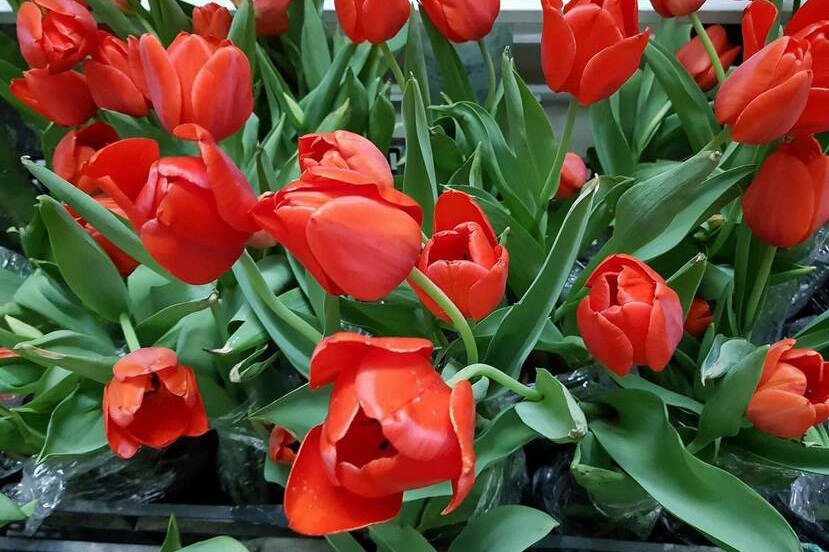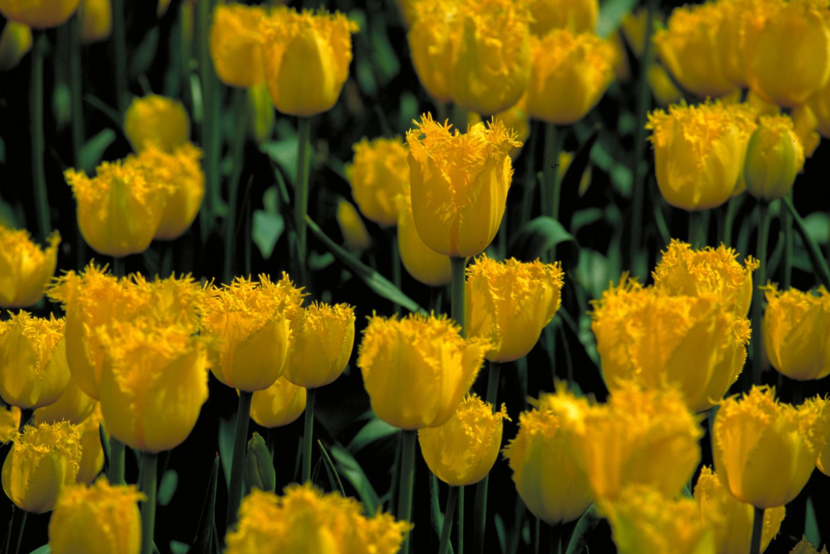China’s Farmers Daily on the “Flower Kingdom” of the World
Read here the translated article in China’s biggest agricultural newspaper, the Farmers Daily, on the Dutch flower industry with the title: Beautiful Dutch Flowers are Blooming
The Netherlands is well known as the "Flower Kingdom". The total land area of the Netherlands is a mere 41,500 square kilometers, equivalent to two-and-a-half Beijing, with a population of 16 million people. Although it is a small European country with scarce arable land measured per capita, it’s agriculture production output is extremely high and accounts for 70% of the world’s flower market. It is therefore called the world's “flower kingdom”.
Approximately 5.6% of the Netherlands’ arable land is used to grow flowers and other horticultural crops. There are more than 10 thousand enterprises engaged in flower production, with an annual output value of up to 12 billion US dollars.
Nowadays, the Dutch flower industry can produce an average of 800 to 1,000 new varieties per year.

The Netherlands is also the world’s largest flower exporter, and it is the home of the world’s biggest flower trading center and flower production raw material center. Currently, Dutch glass greenhouses occupy about 10 thousand hectares, of which 6.5 thousand hectares are used to produce flowers. Logically, the flower industry is in itself also an important consumer. Every year, flower producers spend a lot of money on production materials such as glass greenhouse systems, mechanical equipment, propagation materials, and power resources.
The Dutch government and companies have always invested a lot in its flower industry. Years of development in the Horti sector made this country famous for its flowers. And it is this sector that became one of the most important sources of the Netherlands income.
There are many flower research institutions in the Netherlands, including state-run research institutes, university research institutes, and research centers run by private entities. The division of labor is clear, and to create as much value as possible there is good coordination between the different organizations.
In order to encourage the development of the flower industry and increase the Dutch government has formulated a series of preferential policies for taxation, research, and funding. For companies directly engaged in flower production, the value-added tax on flower products was reduced from 17.5% to 6%; there is a price reduction on energy costs for companies that use facility cultivation; the government allocates fund to subsidize companies to build energy-saving equipment; and subsidies are provided for quality control and new variety cultivation. As of now, 50% of the funding for the Dutch Flower New Variety Testing Center is provided by the government. Adding to these direct advantages, Dutch flower growers can more easily obtain bank loans compared to other companies.
There are many flower research institutions in the Netherlands, including state-run research institutes, university research institutes, and research centers run by private entities. The division of labor is clear, and to create as much value as possible there is good coordination between the different organizations.
The world-famous Botanical Research Institute of WUR is equipped with the world's most advanced equipment for flower research. Hundreds of scientific research elites are engaged in basic theoretical research on flower genetics, physiology, and biochemistry. State-run research institutes, such as the International Institute of Botany, have nearly 1,000 employees and focus mainly on applied basic theoretical research. Adding to this, major private flower companies in the Netherlands have conducted more than 60 researches on their own. They are the main force in flower research. There are more than 5,000 researchers engaged in research, of which the majority is occupied with applied technology-based and theoretical research, such as flower breeding, cultivation technology, and resource introduction and development, etc. Nowadays, the Dutch flower industry can produce an average of 800 to 1,000 new varieties per year.
To celebrate their blooming sector and this important part of Dutch culture, every year, when the flowers are in full bloom, the Dutch will dress up and hold exhibitions and celebrations.

An important part of the Dutch Horti sector is the flower auction market. The largest flower auction market in the Netherlands-Flower Auction in Aalsmeer dominates 43% of the daily flower transaction volume in the Netherlands. It is the world's largest flower market with an area of more than 700 thousand square meters, where batches of fresh and fragrant flowers are move efficiently through to the four biggest auction rooms worldwide. According to (incomplete) statistics, the total value of fresh-cut flowers, flower bulbs and ornamental plants exported by the Netherlands is worth 6 billion US dollars every year, and are exported to 125 countries and regions around the world.
To celebrate their blooming sector and this important part of Dutch culture, every year, when the flowers are in full bloom, the Dutch will dress up and hold exhibitions and celebrations. The Floriade Gardening Expo is particularly eye-catching, which is held every 10 years. It has become a major event in the world of horticulture. The purpose of this flower show is to spread knowledge, to enhance environmental awareness and to stimulate Dutch flower tourism. And all of this contributes to an even stronger global influence of the Dutch flower industry.
For the original article in the Farmers Daily click this link.